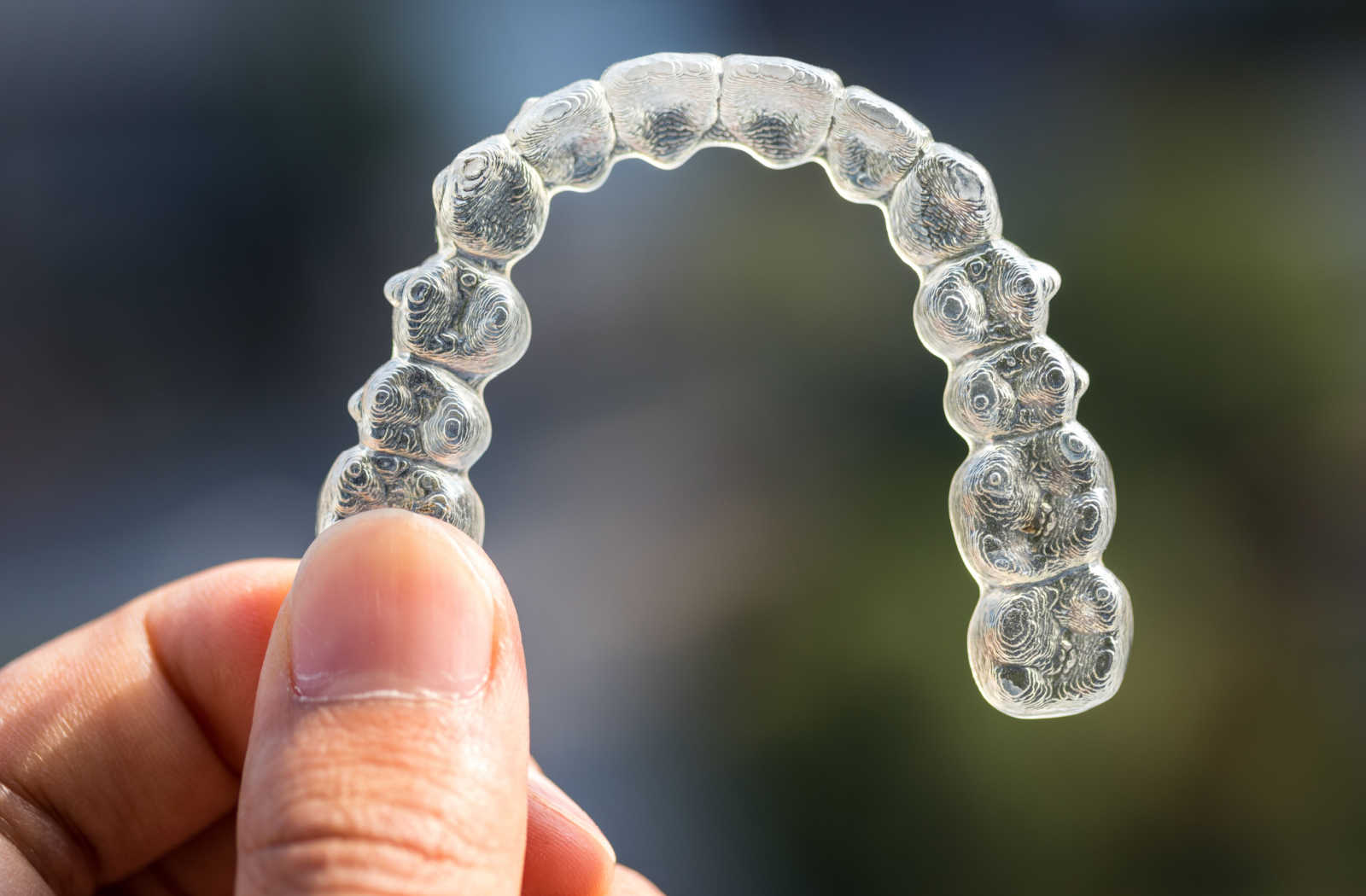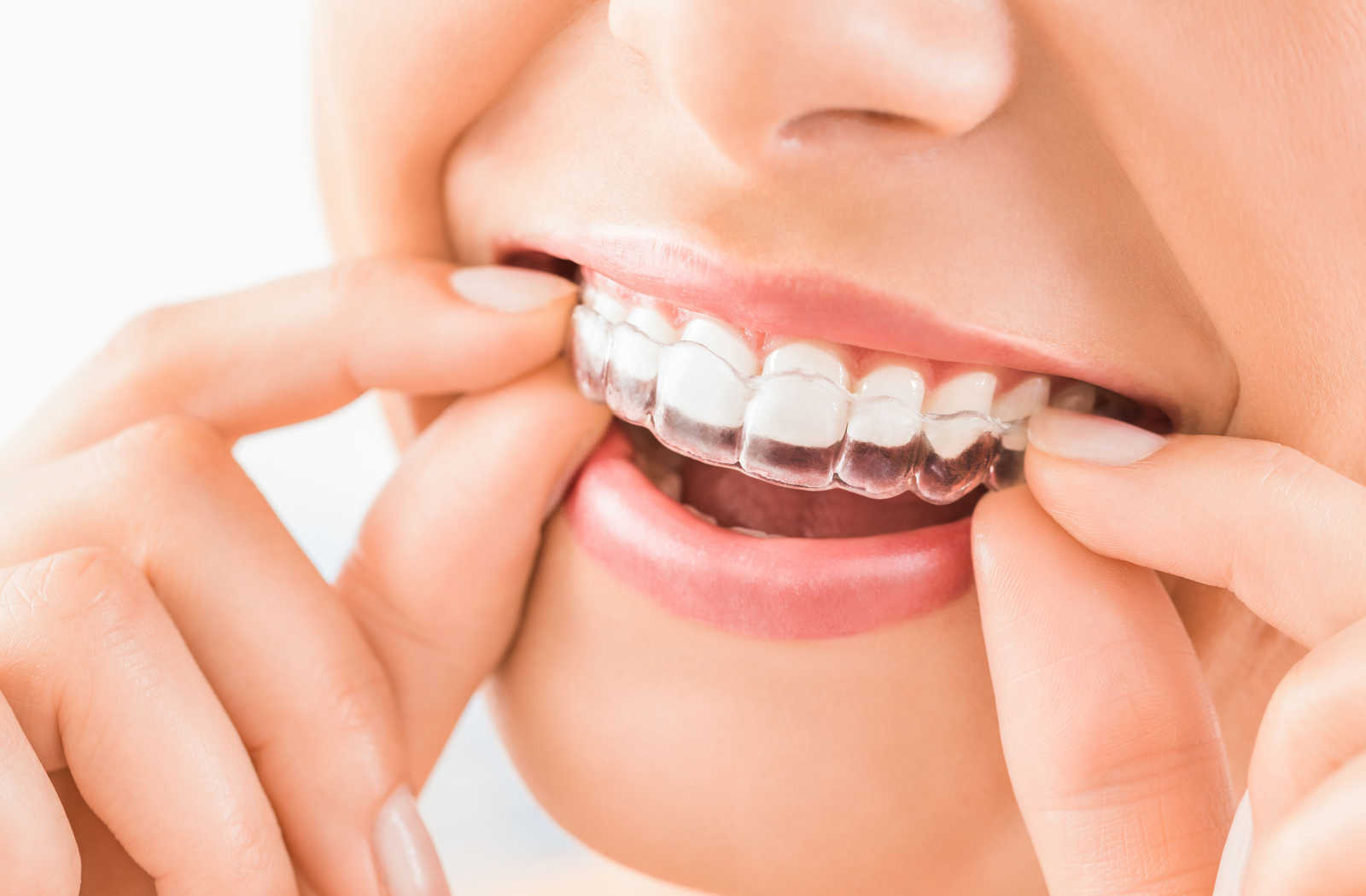Some people wrongly believe that having a missing tooth excludes them from a teeth-straightening orthodontic procedure like Invisalign. But Invisalign can actually work well with a long-term cosmetic plan, even if you have missing teeth or you’re discussing tooth replacement with your dentist.
Missing teeth are not uncommon, and dental implants are an effective solution in many cases. But a new, straight artificial tooth may stick out if there are crooked teeth or uneven gaps in the same area of the mouth. In those situations, Invisalign can be beneficial before getting a new tooth.
Possible Causes of Tooth Loss
Although a missing tooth doesn’t mean you can’t get Invisalign, the treatment does require a healthy mouth and gums. There are a variety of reasons why a person may be missing a tooth, but as long as their gums are healthy, they may still benefit from Invisalign.
However, gum disease (periodontitis) is a major cause of tooth loss. In addition to potentially causing teeth to fall out, gum disease can also enter the bloodstream from your gums, which could affect other parts of your body.
Other signs of gum disease include:
- Chronic bad breath and a bad taste in your mouth
- Bleeding gums after brushing
- Receding gum line
- Loose or shifting teeth
- Changes in your bite or how your teeth fit together
Having these symptoms doesn’t automatically mean you’re not a candidate for Invisalign, but they may indicate your dentist needs to have a closer look at your teeth.
What Is Invisalign?
Invisalign is a clear aligner used as an alternative to braces in orthodontic treatment. They aren’t 100% invisible, but they are custom-fit and have a tight fight that greatly reduces their appearance.
These aligners can be used to correct gaps, crowded teeth, and different bites. The problem that you and your dentist are trying to correct can determine how long the treatment lasts. If you have a missing tooth or teeth, Invisalign could help prepare your smile for a tooth implant.

Invisalign & Missing Teeth
As long as there are no underlying problems with oral health, a missing tooth typically does not disqualify a person from undergoing Invisalign treatment. After examining your mouth, we can help you determine how Invisalign can benefit your teeth.
Invisalign After Tooth Replacement
Losing a tooth because of an emergency or another condition doesn’t necessarily mean you will no longer benefit from Invisalign. For all intents and purposes, an artificial tooth looks and functions like a real tooth, so you may still be able to wear an Invisalign aligner.
If your dentist needs to replace a tooth, they can ensure that your Invisalign aligner can still fit in your mouth following the procedure. Depending on how much correction your teeth need, matching an artificial tooth up before receiving orthodontic treatment may make the most sense.
Invisalign Before Tooth Replacement
If you’re considering Invisalign, you may be trying to find a solution for crooked teeth or large gaps. If your dentist implants a new tooth, it may stick out from the rest of your teeth before they’ve been straightened. In these situations, receiving Invisalign treatment before getting a tooth implant could be more beneficial.
Invisalign vs. Traditional Braces
There really isn’t a right or wrong answer for which option is the best. It boils down to which is right for you.
Certain corrections can be more effectively made with traditional metal braces. Additionally, your dentist has more control over precise adjustments. Plus, wire braces can be more cost-effective than Invisalign.
One area where an aligner, like Invisalign, comes out over traditional braces is the looks department. Many people don’t want braces because of how they look. Additionally, traditional braces may limit the food you can eat more significantly than Invisalign. With Invisalign, you simply remove the aligner while eating, ensure your teeth are appropriately cleaned afterwards and put the tray back in your mouth until the next meal.
Discuss Invisalign with Your Dentist
When we smile, our teeth are one of the first things people notice. Yellow or stained teeth can be made to shine again with whitening, but crooked and missing teeth may require the extra support of an Invisalign aligner.When you need to know more about Invisalign, the professional team at Riverwalk Dental can answer all your questions and recommend the best next steps. Don’t let a problem with your smile keep you from showing it! Book an appointment today.






